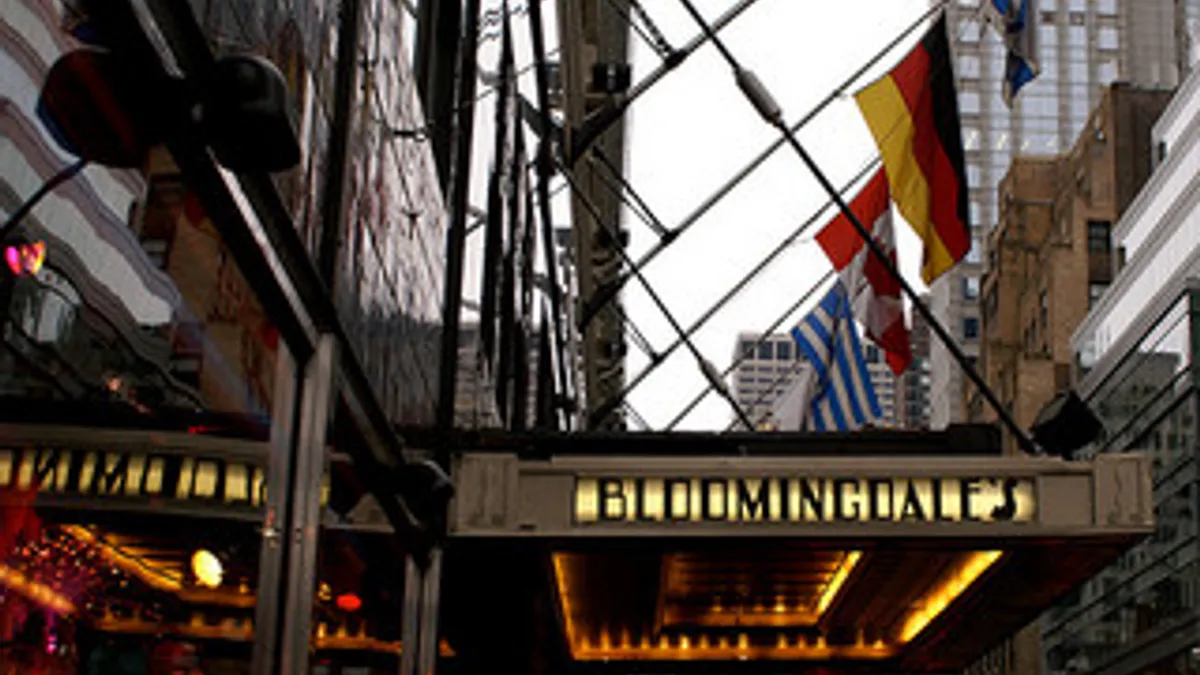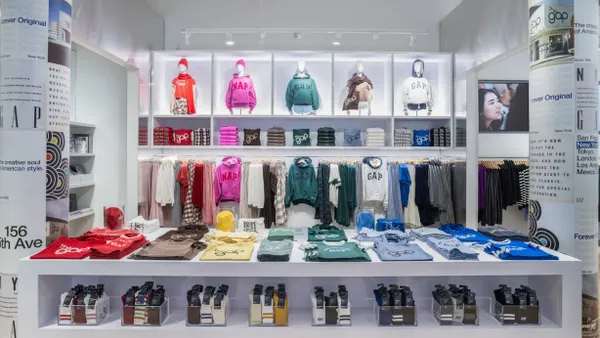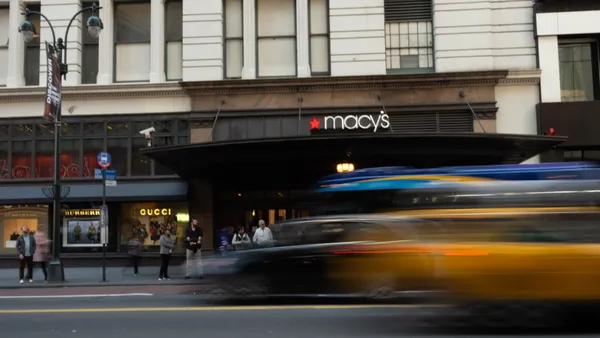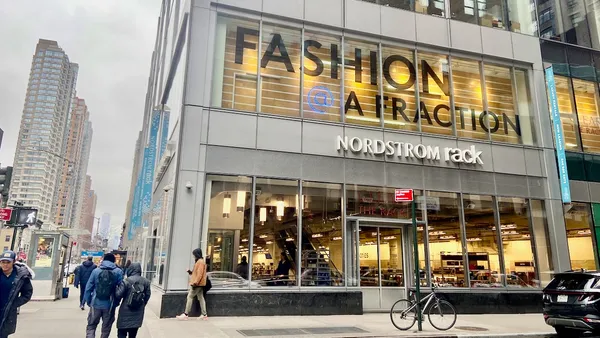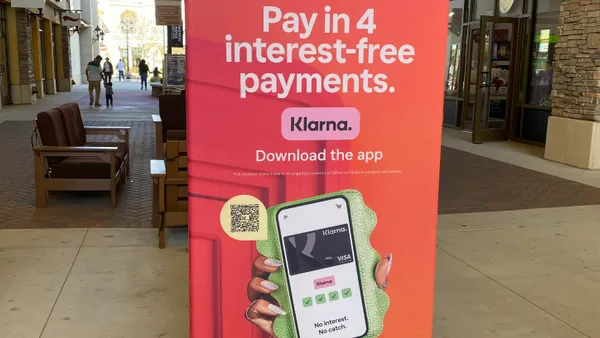Dive Brief:
-
Luxury accessories retailers are trimming back their assortments in an effort to differentiate their merchandise and avoid heavy discounts this holiday season, Bloomberg reports.
-
The number of new handbags launched at upscale department store Nordstrom last quarter dropped 23% and slipped 3% at Bloomingdale’s, in contrast to a boost at Nordstrom of 5% and an increase of 11% at Bloomingdale’s last year, according to information from fashion data-analytics firm Edited cited by Bloomberg. High-end retailer Barneys, meanwhile, had 41% fewer new handbag lines last quarter, after boosting its assortment by 46% a year ago.
-
Struggles by Coach (which had damaged its brand and its sales with heavy promotions and a focus at its outlet stores) and by Michael Kors (which is widely seen as over-saturating the market with too many stores and department store sales) have recently fueled speculation that those brands might merge with other companies.
Dive Insight:
Coach seems to have figured out that its years-long practice of cutting prices and promoting outlet sales hurt its margins and its brand. Its recent pivot back to maintaining full-priced handbags — a strategy that includes gutting its department store offerings — has paid off in recent quarters, with healthier margins and increased sales.
“Reducing the number of products, making sure they are choosing their products really smartly, can help make sure they’re getting full-price sales rather than discount,” Edited’s senior fashion analyst Katie Smith told Bloomberg.
Competing on price can lead to a margin-killing death spiral for any retailer, but it’s especially problematic for luxury brands, whose steep price tags are not just a source of profits but also part of their brand allure. While discount retailers like Target are also boosting their exclusive offerings to avoid price competition, especially because those retailers are up against “always low prices” juggernaut Wal-Mart Stores, exclusivity and scarcity are even more crucial for high-fashion brands.
“Part of the thing about luxury is scarcity and the unattainable nature of something that makes it seductive,” retail futurist Doug Stephens, author of The Retail Revival: Re-Imagining Business for the New Age of Consumerism and the Retail Prophet blog, told Retail Dive last year. “The problem when we start taking about brands like Michael Kors, Hugo boss, all these retailers moving to the outlet malls, their luxury appeal that got them to the party is diluted. That Coach customer that paid $2,000 for a handbag, as soon as they see that $400 one, isn’t pleased. That’s happening to Coach and that’s also happening to Michael Kors.”
When it comes to handbags, the problem is compounded by softening demand as many millennials eschew carrying around bags in favor of pocketing their smartphones, which allow them to shop, communicate and pay for things in physical stores. In addition, younger consumers replace their bags less often when they do carry them, and aren’t as motivated by luxury labels, according to research this year from the NPD Group.
U.S. handbag sales have increased 5% since 2014, totaling $11.5 billion in 2015, but that’s mostly coming from baby boomers, that research found. Women between 18 and 34 years old have increased handbag sales by 2%.
That’s leading the likes of Coach, Michael Kors, and Kate Spade to widen their assortments, adding more accessories like watches for men and branching into shoes. “Footwear chains are forecasted to turn in the third strongest growth with a 2.8% increase” in the latest quarter, according to a note from retail analyst Ken Perkins emailed to Retail Dive.
This story is part of our ongoing coverage of the 2016 holiday shopping season. You can browse our holiday page for more stories.



